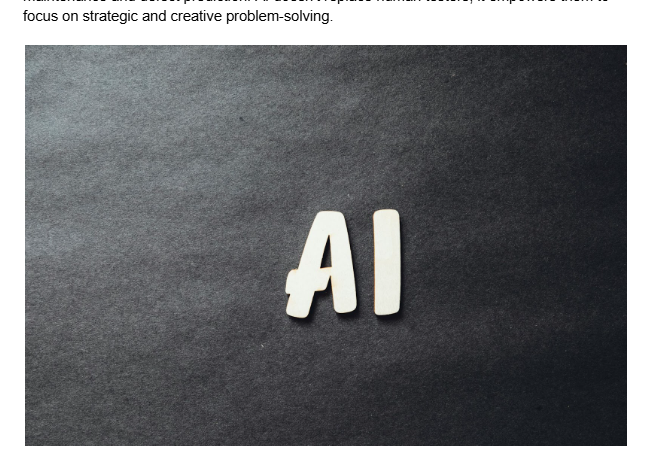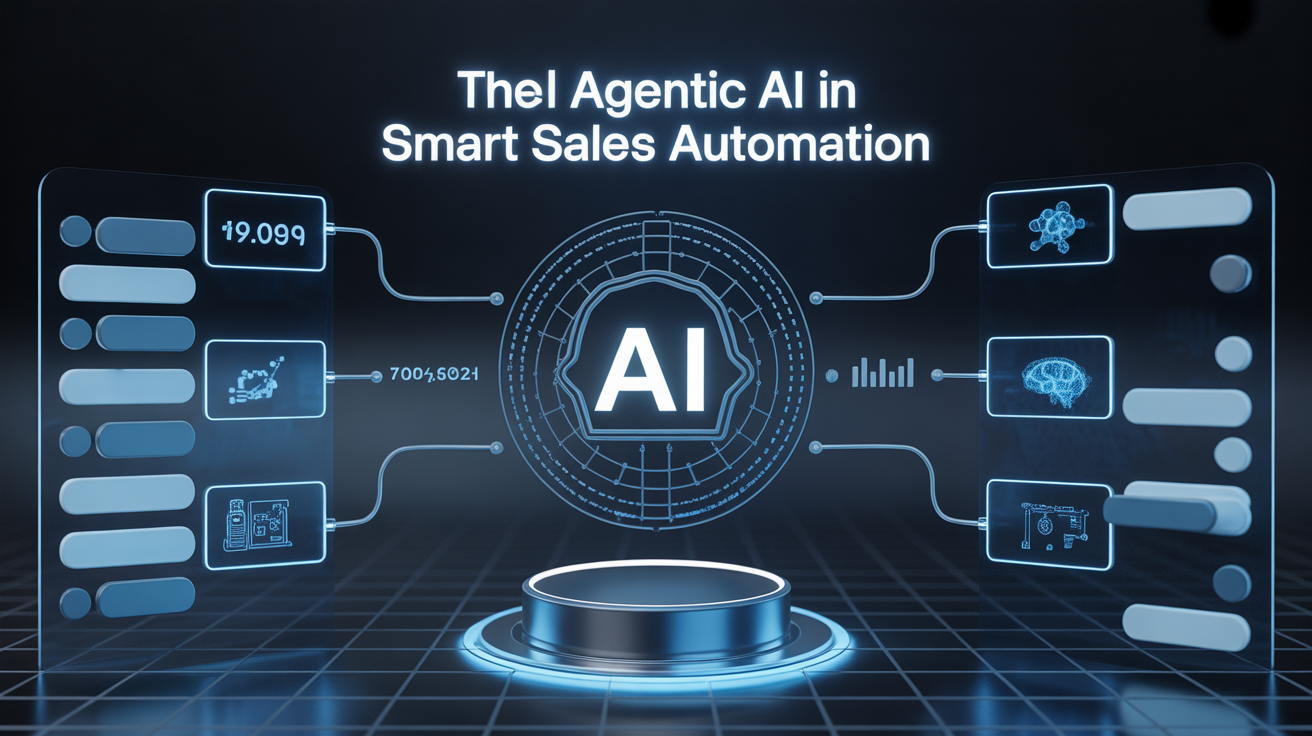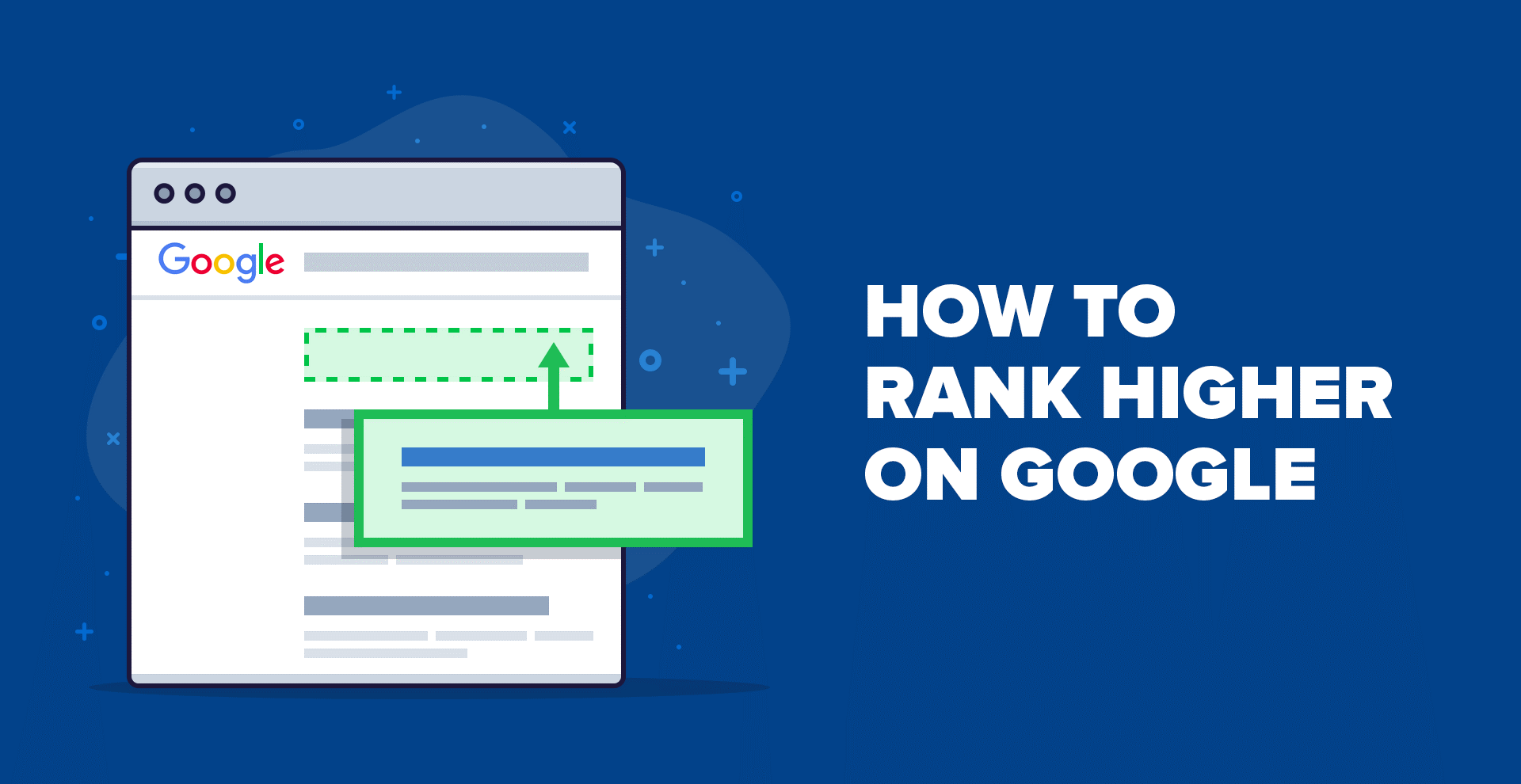Predicting Profits: How AI is Shaping Demand Forecasting for FBA & 3PL
Accurate demand forecasting is something that Amazon FBA sellers need but often ignore. Sellers need the right amount of stock—enough to meet demand without unnecessary fees, that's the sweet spot. Traditional forecasting methods often don’t cut it, leaving with either too much or too little inventory. That’s where AI can make life easier.
AI tools can analyze massive amounts of data. They are excellent at spotting patterns that an average seller or 3PL might miss. They can essentially predict future demand with impressive accuracy. AI algorithms don’t just look at past sales—they take into account factors like competitor pricing, customer behavior, and market trends. This helps sellers stay ahead, plan more effectively, and adjust strategies as needed.
Big retailers like Walmart, Amazon and 3PLs already use AI for demand forecasting to keep their stock levels spot-on. With AI, sellers can also adjust pricing, optimize their inventory, and avoid both stockouts and excess inventory.
Quick Guide
- What is Demand Forecasting in E-Commerce?
- Why Demand Forecasting Matters
- Challenges of Traditional Forecasting
- The Impact of Inaccurate Forecasting
- Overview of AI in Demand Forecasting
- AI Analysis for Accurate Predictions
- Examples of AI Forecasting Solutions
- Benefits of AI-Driven Demand Forecasting for Amazon FBA Sellers and 3PLs
- Conclusion
What is Demand Forecasting in E-Commerce ?
Demand forecasting is predicting future demand. In other words, "How much will customers want of a product in a specific period of time in the future?”. For Amazon FBA sellers and 3PL (third-party logistics) providers, accurate forecasting is crucial to optimize inventory and minimize costs. For example, often before the winter season, there will be a marked increase in winter wear demand. There are many qualitative and quantitative methods for demand forecasting.
Why Demand Forecasting Matters
For Amazon FBA sellers, keeping the right amount of stock is key. By forecasting demand accurately, you can avoid stockouts and overstocking, ensuring that popular products stay available while minimizing storage costs. This helps you plan inventory and marketing strategies, boosting profitability and customer satisfaction.
3PL companies also benefit greatly from demand forecasting. By predicting future demand, they can:
- Optimize Inventory
Balance supply and demand, minimize excess stock, and reduce storage costs.
- Dynamically Route Orders
Use real-time data to choose the best fulfillment center, reducing stockouts.
- Automate Inventory Management
Monitor inventory in real time, ensuring proactive operations.
- Enhance Customer Satisfaction
Minimize stockouts, fulfill orders on time, and provide personalized services like AI-driven tracking.
Challenges of Traditional Forecasting
Manual forecasting methods, like time series analysis or moving averages, often miss the mark due to their limitations:
- Limited Accuracy
They fail to capture complex patterns and nuances.
- Static Models
These models don’t adjust to changing data, leading to outdated predictions.
- Data Handling Issues
They struggle to process large, diverse data sets effectively.
- No Real-Time Insights
Traditional methods can’t provide real-time updates or adapt quickly.
The Impact of Inaccurate Forecasting
When predictions are off, the consequences can be severe:
- Stockouts
Missing sales opportunities and frustrating customers when inventory runs out.
- Overstocking
Excess inventory leads to high storage costs and potential product obsolescence.
Did you know that you can sell on Amazon without inventory. Here is a blog on “How to Sell on Amazon without Inventory” for more information.
Overview of AI in Demand Forecasting
AI leverages several techniques to improve demand forecasting, including
- Machine Learning (ML)
ML algorithms can learn from historical data and predict future demand. Supervised learning models are trained with labeled data to forecast based on specific inputs. Unsupervised learning identifies patterns and trends without pre-labeled data, Hidden insight that may not be readily apparent can be discerned by combining botsh.
- Deep Learning
This subset of ML uses neural networks to model complex patterns like seasonal fluctuations and demand spikes.
- Natural Language Processing (NLP)
NLP analyzes customer sentiment from reviews, social media, and other unstructured text. NLP also offers insights into consumer behavior and market trends that can influence demand predictions.
- Predictive Analytics
By combining historical data with real-time inputs, predictive analytics generates actionable forecasts.
- Big Data
AI can process vast datasets from various sources. AI also analyzes additional variables like market conditions, competitor pricing, and consumer behavior.
- IoT and Real-Time Data
The Internet of Things (IoT) enables real-time tracking of inventory, shipments, and environmental changes.
Another factor influencing AI is influencing is repricing to win the Buy Box on e-commerce platforms. Curious to know more, here’s a blog for it: “ Top 15 Advanced Amazon Repricing Tools”
AI Analysis for Accurate Predictions
AI integrates data from multiple sources for precise forecasting:
- Historical Data
AI analyzes past sales and inventory data to identify demand trends, ensuring businesses are prepared for future demand patterns.
- Market Trends
Current market dynamics, including competitor strategies, product launches, and economic indicators. This helps fine-tune demand predictions.
- External Factors
AI also incorporates external variables such as weather changes, holidays, and political events. This offers a more comprehensive understanding of demand drivers.
Examples of AI Forecasting Solutions
- Walmart
Uses AI to optimize inventory by analyzing customer purchase history and market trends.
- H&M
Forecasts fashion trends and consumer preferences to ensure the right products are available at the right time.
- Amazon
Employs AI to predict customer demand, optimize stock, and personalize shopping experiences.
- AMZ Prep- 3PL provider
Renowned in the industry for using AI for order tracking, onboarding, catalog and inventory management.
Benefits of AI-Driven Demand Forecasting for Amazon FBA Sellers and 3PLs
- Optimized Inventory Levels
AI helps balance supply and demand. This ensures products are available when customers need them.
- Cost Savings
AI-driven forecasting minimizes overstocking and inventory waste. Thus reducing storage costs and the risk of obsolete stock.
- Increased Revenue
With better product availability, AI-driven demand forecasting boosts sales and customer satisfaction.
- Real-Time Adjustments
AI dynamically adjusts to shifts in demand caused by seasonality, market changes, or emerging trends.
Conclusion
AI-driven demand forecasting offers significant benefits, some tangible, but more benefits are intangible, for Amazon FBA sellers and 3PL providers. Various benefits include optimizing inventory levels, reducing overstocking and stockouts, and minimizing storage costs. This helps boost revenue and ensures better product availability. Demand is extremely fickle, with real-time adjustments to market trends, seasonality, and emerging demand shifts, AI enables businesses to stay agile and responsive. By adopting AI, sellers and third-party logistics providers can overcome the limitations of manual forecasting, enhancing profitability and staying competitive in the fast-paced e-commerce landscape.



